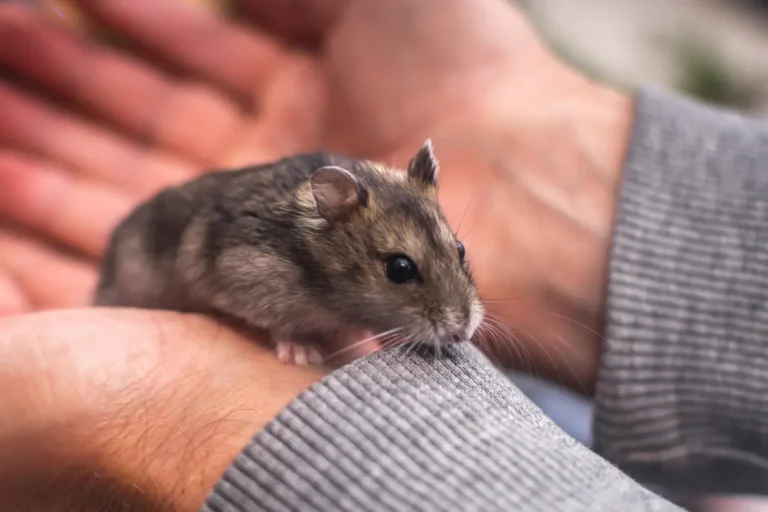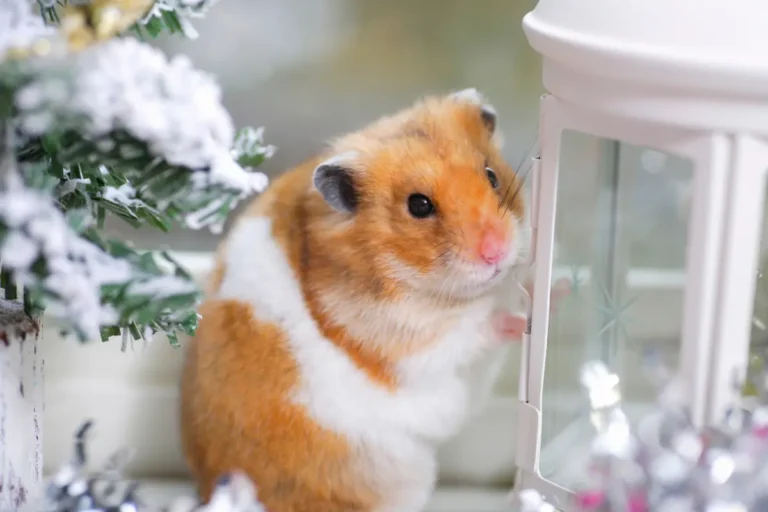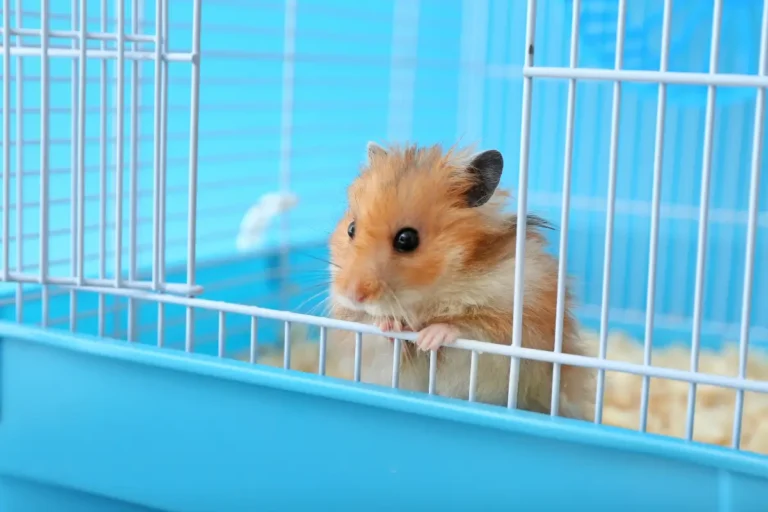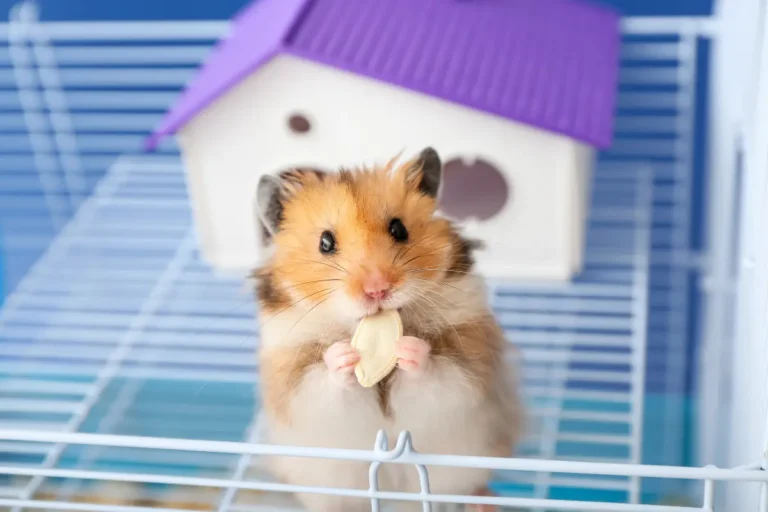Hamster Hibernation Myths: What Every Owner Should Know
When the chill of winter sets in, many pet owners of small animals, like hamsters, may begin to notice changes in their furry companions. Some believe their hamsters are entering a state of hibernation, but this is often based on common myths.
In reality, hamsters do not hibernate in the traditional sense, but they can enter a state of torpor during colder months. Next, we will debunk common myths surrounding hamster hibernation.
Understanding Torpor in Hamsters
Torpor is often mistakenly referred to as hibernation, but the two are distinct processes. While hibernation involves a prolonged period of inactivity and a drop in body temperature, torpor is a short-term, reversible state where an animal’s metabolism significantly slows down.
Hamsters, particularly dwarf species like the Roborovski or Campbell’s dwarf, are known to enter a state of torpor in response to environmental stress, such as a drop in temperature or insufficient food.
Torpor can occur if a hamster’s environment becomes too cold, and their body temperature drops below normal levels (usually between 98 and 100°F). When in torpor, a hamster may appear lifeless, with very slow movements, and it may be difficult to distinguish them from a hamster that has passed away.
However, unlike hibernation, hamsters in torpor can awaken after a few hours or days once the temperature rises or they are given food.
Common Myths About Hamster Hibernation
There are several myths surrounding hamster behavior during the winter, often stemming from misunderstandings about torpor.
Myth #1: Hamsters Hibernate Like Bears
One of the most common misconceptions is that hamsters hibernate like bears during winter. In reality, hamsters may enter a state of torpor but only for a short period. This can happen when the temperature in their environment drops too low, or they feel unsafe or stressed. Unlike true hibernation, torpor can last anywhere from a few hours to a few days, but it’s not a prolonged winter slumber.
If a hamster is kept in a stable, warm environment, it won’t hibernate. Hamsters that are exposed to very cold temperatures may go into torpor as a survival mechanism, but once they warm up, they will become active again.
Myth #2: A Hamster in Torpor Is Dead
Another myth surrounding hamster hibernation is the belief that a hamster in torpor is dead. This myth is dangerous because it can lead pet owners to mistakenly assume their hamster has passed away when, in fact, it is simply in a deep, dormant state.
When a hamster enters torpor, it may appear lifeless, lying very still and breathing faintly. Its body temperature will drop significantly, making it feel cool to the touch. However, this is not a sign of death—it’s just the hamster’s way of conserving energy in a challenging environment.
If you suspect your hamster is in torpor, you can gently warm it by placing it in a warm room or near a heat source, but be sure to do so gradually.
Myth #4: Hamsters Can’t Survive Winter Without Hibernating
Many pet owners worry that their hamsters won’t survive the winter without entering a hibernation-like state. However, this is simply not the case. Hamsters are hardy animals that can adjust to various temperatures, provided their living conditions are adequate.
To ensure your hamster’s well-being during the winter months:
- Ensure access to fresh food and water: Even if your hamster is in a dormant state, they must have access to food and water. If you’re concerned that your hamster isn’t eating or drinking, check their supplies regularly.
- Maintain a stable temperature: The ideal temperature range for hamsters is between 65°F and 75°F (18°C and 24°C). If the temperature drops below 50°F (10°C), your hamster may enter torpor. A temperature-controlled room is best for keeping your hamster healthy during the colder months.
- Avoid drafts and extreme temperatures: Keep your hamster’s cage away from windows, doors, or vents where cold drafts can affect them. Avoid placing them near heaters or radiators, as rapid temperature changes can stress them.
- Provide plenty of bedding: Hamsters love to burrow, and extra bedding can help them regulate their body temperature during winter. Provide a thick layer of soft bedding to allow your hamster to nest comfortably.
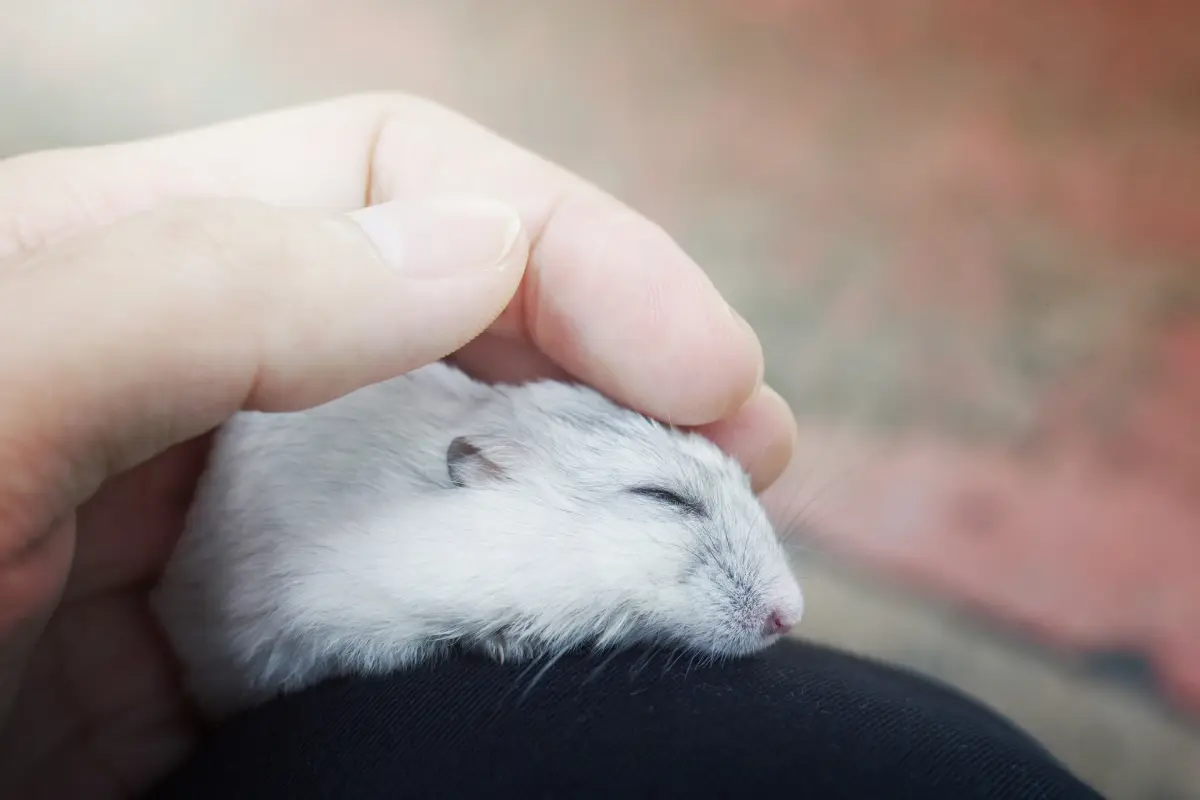
Myth #4: You Should Wake a Hamster from Torpor Immediately
Another myth is that you should immediately wake your hamster from torpor if they appear to be “sleeping” through the winter. While it’s understandable to want to check on your hamster when they are inactive, it’s important to approach this cautiously.
In most cases, a hamster will naturally wake up from torpor if they are exposed to warmth or food. Forcefully waking a hamster or disturbing them too abruptly can cause stress, potentially harming them. A gentle approach is best: if you suspect your hamster is in torpor, warm them up gradually, but don’t rush the process.
Recognizing Torpor vs. Illness
If your hamster appears to be inactive, has difficulty moving, or seems excessively lethargic, it’s essential to distinguish between torpor and illness. Hamsters in torpor may seem unresponsive and may have a lower body temperature, but they can recover once they are warmed up.
Signs that your hamster might be ill instead of in torpor include:
- Persistent lethargy: If your hamster does not wake up after being warmed or continues to show signs of weakness, it may be sick.
- Difficulty breathing: Rapid or labored breathing is a sign of illness.
- Lack of interest in food or water: Hamsters in torpor will typically resume eating and drinking once they are warmed up, whereas sick hamsters may refuse food or water altogether.
If you’re unsure, it’s always a good idea to consult a veterinarian, particularly if your hamster’s condition doesn’t improve after a few hours.
Hamster Winter Behavior: What to Expect
While hamsters do not hibernate, their behavior during the winter months may change. Pet owners need to recognize these changes and understand their hamster’s needs. Here’s what you might observe:
- Increased Sleeping
Hamsters may sleep more during the winter, particularly if the temperature in their living environment drops. This increased sleep is often due to a reduction in their activity levels and metabolic rate. As long as the hamster is still eating and drinking regularly, this behavior change is usually normal.
- Slower Movement
During the colder months, hamsters may move more slowly or seem less energetic. This can be due to both the colder temperatures and their instincts to conserve energy during winter months. However, if your hamster is lethargic and not responding to stimuli, it’s important to check for any other health issues, such as illness or injury.
- Burrowing and Nesting
As instinctual burrowers, hamsters will often create cozy nests or burrows within their cages during the winter. This behavior is a way for them to stay warm and comfortable. Providing ample bedding materials such as shredded paper, hay, or wood shavings will allow your hamster to create a suitable nesting area.
Conclusion
While the idea of hibernation is enticing, it’s important to recognize that hamsters do not hibernate in the traditional sense. Instead, they may enter a state of torpor when exposed to cold temperatures, but this is a short-term condition that can be managed with proper care.

